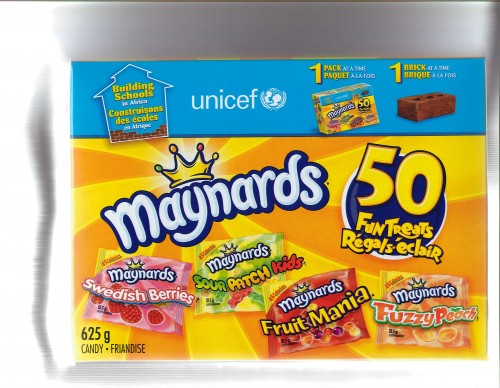Europe food chair resigns industry post
This is a conflict-of-interest story.
Last week, FoodNavigator.com reported that the board of the European Food Safety Authority (EFSA) had reelected its chair, Diána Bánáti, despite evidence that she also sits on the board of the International Life Sciences Institute (ILSI), an industry-funded group that pretends to be a public health non-profit organization.
EFSA, you may recall,is the agency that is under enormous pressure to rule favorably on industry petitions to allow health claims on European package labels.
The EFSA board said:
The Board deplores the unfounded attacks on the independence of EFSA and its Chair recently reported, and concluded that by no means the integrity of the persons involved could be questioned. However, the Board added that in order to avoid misperception, Bánáti should step down from management positions in any organisations that represent food industry interests, apart from public interests. Professor Diána Bánáti has resigned from positions which may create a potential conflict of interests with EFSA activities.
ILSI was not one of the organizations from which she resigned. Evidently, the EFSA Board considers ILSI to be a public health organization.
Within days, however, Ms Bánáti thought better of it and resigned from the ILSI Board. To my great surprise, I get credit for this action.
Bánáti’s action was that recommended by Marion Nestle, an expert on nutrition and the food industry at New York University, in a Nature news article on the matter—Food agency denies conflict-of-interest claim—who said that were she Bánáti, “she would resign from the ILSI board”….In a statement issued yesterday, ILSI says that it “accepts Professor Diána Bánáti’s decision to resign from the ILSI Europe Board of Directors with regret” and reiterated its insistence that ILSI is not a lobbying group.
Nature is the most prestigious science magazine in Great Britain and, arguably, anywhere, but I thought I was simply stating the obvious.


